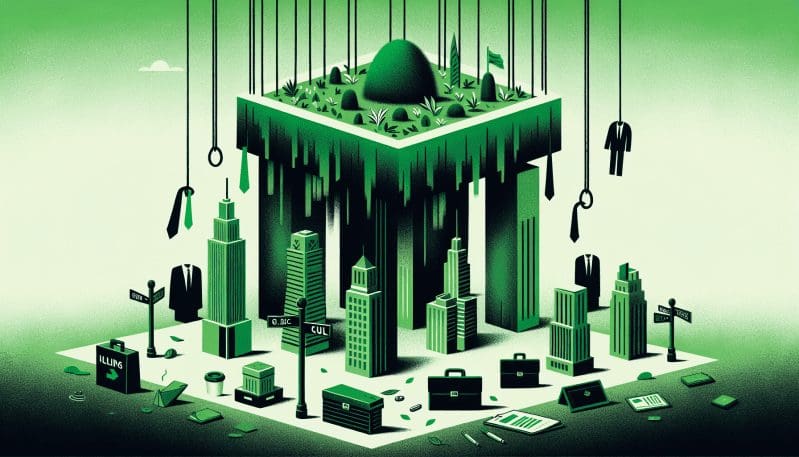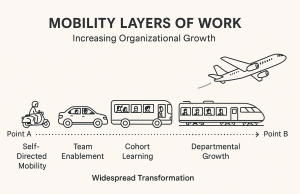In the past decade, Corporate America has seen a wave of green commitments washing over its operations and management philosophies. From the outside looking in, the surge in corporate responsibility initiatives gives the impression of an all-in effort to combat the most pressing environmental issues of our time. However, despite these well-publicized commitments, there remains an invisible barrier—a ‘green ceiling’—that seems to be inhibiting deeper, more impactful systemic changes in the realm of sustainability.
As an Environmental/Sustainability Expert, I have watched and participated in the corporate sustainability movement, observing its rise but also recognizing its shortcomings. The question we grapple with is this: What exactly keeps businesses from transcending this green ceiling?
Firstly, the issue is partly economic. Companies face enormous pressure to deliver short-term financial results, and often sustainability efforts, though beneficial in the long-term, require initial investments that may not yield immediate returns. This creates a tension between the pursuit of short-term profit and the investment in long-term environmental health. The need for predictability and reducing risk in financial outcomes can often deprioritize the inherently uncertain nature of environmental investments.
Secondly, while there have been notable advancements in green technology, many companies find themselves in a catch-22 situation. They need innovative technologies to significantly reduce their environmental impact, but many of these technologies are still in developmental stages or are not yet cost-effective at scale. This presents a barrier for businesses that are ready to integrate more sustainable practices but are held back by the current technological landscape.
In addition, there is also a cultural dimension to consider. The widespread implementation of sustainability requires a transformation in corporate culture that values long-term ecological health alongside—or even above—short-term financial gains. It requires leaders who are not only aware of the environmental stakes but are also willing to take bold and sometimes unconventional decisions to steer their companies in a greener direction.
So, how can companies break through this green ceiling and make sustainability a core part of their business model, rather than a sidelined project?
1. Redefine Success**: Corporations must expand their definition of success beyond the financial bottom line to include social and environmental impact. This might involve adopting frameworks such as the Triple Bottom Line that values people, planet, and profit.
2. Incentivize Innovation**: To overcome the technology barrier, companies can create internal funds to invest in green startups, partner with research institutions, or provide innovation awards for sustainability advancements within their company.
3. Transparency and Accountability**: Organizations should not only set ambitious sustainability goals but also publicly track and report their progress. This accountability can drive continuous improvement and help maintain momentum.
4. Engage Stakeholders**: Companies must actively engage with all stakeholders, including employees, customers, investors, and the communities in which they operate, to foster a culture of sustainability and gather diverse insights that can lead them to more innovative solutions.
5. Long-Term Planning**: Embrace long-term planning with sustainability as a core strategic pillar, ensuring that environmental considerations are part of every decision, from the supply chain to product design.
The Green Ceiling is not impenetrable. With a combination of rigorous economic rationale, technological innovation, cultural shifts, and bold leadership, companies have the potential to move beyond superficial efforts and become true leaders in the quest for a sustainable future. The time for incremental change is over. The time for transformational action is now.

























